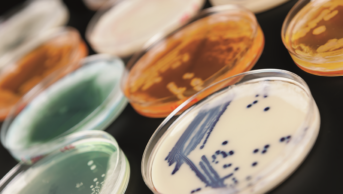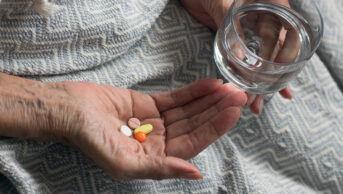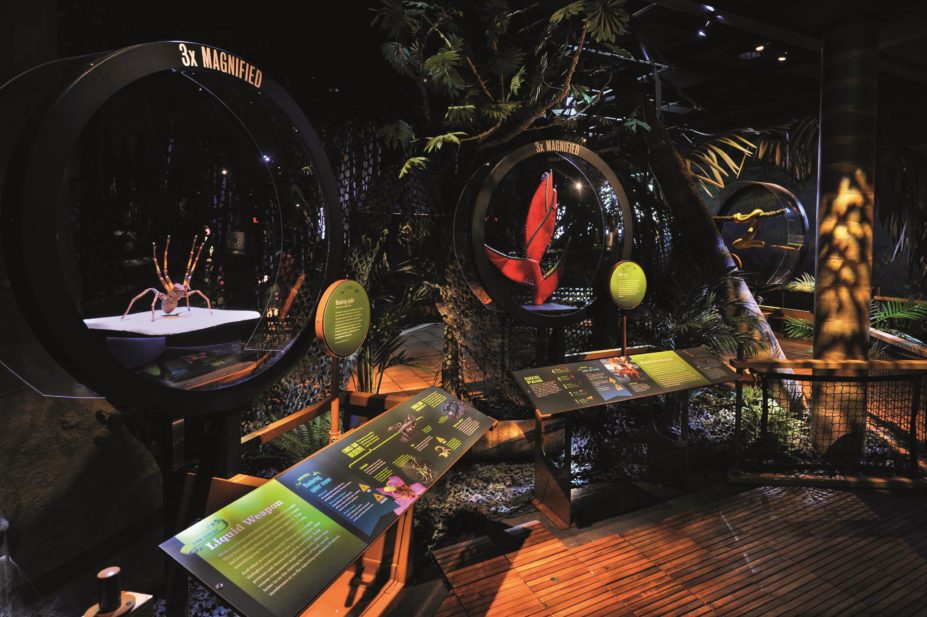
Power of Poison exhibition
Many myths, legends and fairy tales tell the story of sleeping draughts and deadly potions. Poisons are darkly intriguing and often blur the line between magic and reality. It is around this concept that ‘The Power of Poison’, an exhibition in London, has been developed.
From its outset, the exhibition makes it clear that what is classed as a poison is relative to its target and dose. There are three pods in the first space: one shows a tempting display of chocolate — a treat for humans but poison for dogs. The second contains a sugar bowl full of table salt —enough to kill an adult, if consumed in one sitting. The last pod accommodates a foxglove, source of digitalis toxin, which is used to make the drug digoxin.
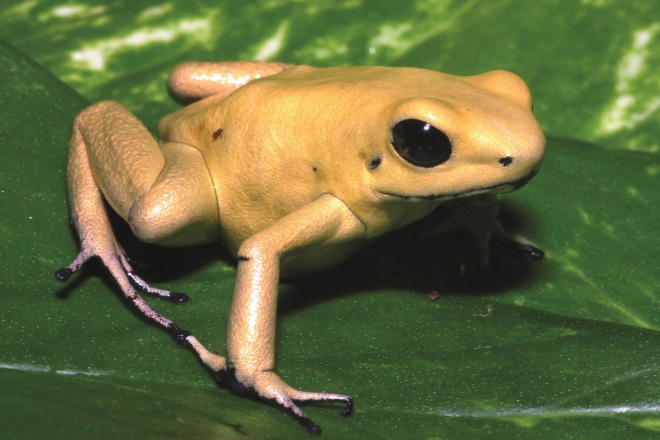
Source: Power of Poison exhibition
A live golden poison frog, the most poisonous creature on earth
Visitors then move through a variety of spaces, each of which explores poisons in a different way. The first section, ‘Poisons in nature’, immerses you in the Choco Lowland forest of Columbia. Here, you encounter a tank of live golden poison frogs, the most poisonous creature on earth. Each tiny yellow frog contains enough venom to kill ten adult humans — hunters in the region use the toxin to create poisonous darts to kill their prey. With the hanging vines and wooden decked flooring, the experience is a whip and a rolling boulder shy of being an Indiana Jones film.
The highlight of the exhibition is the ‘Poisons in myth and legend’ section. Here, scenes from children’s stories, Shakespeare plays, history and myth are brought to life in a myriad of imaginative ways, including a life-sized cut-out of the Mad Hatter’s tea party from Alice in Wonderland. The tales of Hercules and the Hydra and Medea’s revenge are told via video projections on Greek pottery.
The section highlights the use of poisons in these stories, but also explains whether or not the narrative contains any kernels of truth. For example, the Mad Hatter was likely to be ‘mad’ because of mercury poisoning, caused by the process of hat-making at the time. A sleeping Snow White is accompanied by information about anaesthetics.
The blending of history and fiction with science, and pharmacology in particular, is present throughout the exhibition. Strychnine and curare feature heavily and the type of toxin (neurotoxin, cardiotoxin, myotoxin, etc) is always mentioned, when relevant. The “enchanted book”, a delightful interactive exhibit, allows visitors to learn about some of the plants from which poisons come. Those looking for the molecular structures or precise mechanisms of action may be disappointed but, for a broad overview of the context surrounding and basic science of poisons, the exhibition delivers.
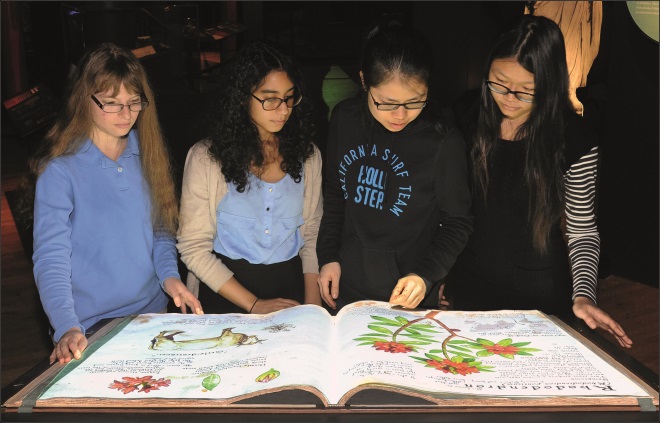
Source: Power of Poison exhibition
Visitors learn about the origin of some poisons interactively using the “enchanted book”
Despite the continued and expert use of multimedia throughout the exhibition, to get the most from it visitors will need to be keen readers. Most information is written around each exhibit and, although some facts are available ‘at a glance’, such as the type of venom a creature possesses, context and insight can only be gained from reading the material in depth. This can be confusing if panels are read in the wrong order, and some information is repeated in different parts of the exhibition. However, for non-text based learning, there will be an opportunity for visitors to use tablet devices to solve toxicology mysteries using clues, and a live show will teach audiences about the discovery of forensic techniques that allow poisons to be detected in the body.
The exhibition was transferred from the American Museum of Natural History, New York, and is curated by zoologist Mark Siddall. Siddall’s passion for his subject is obvious — on my visit, he circulates the room providing titbits of additional information. “Do you like The Hunger Games?” he asks, as I examine the display about the use of ‘scorpion bombs’ to repel Roman soldiers. “This is similar to what Katniss Everdeen does in the first book,” he explains. He also demonstrates what strychnine poisoning can do to the body, tensing his face into a grimace “like one of the Joker’s victims”.
Together, the exhibition has much to offer. Children will be entranced by the visual displays and the exhibits are varied enough that everyone can learn something. The last section, ‘Poison for good’, will appeal to pharmacists in particular — the final wall display shows how poisons in nature have been harnessed to develop medicines.
The exhibition runs until 6 September 2015 at the Old Truman Brewery, London E1 6QR. Tickets prices are from £8 for children and £13 for adults. For more information, visit: powerofpoison.co.uk.
